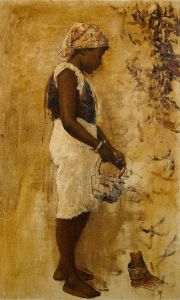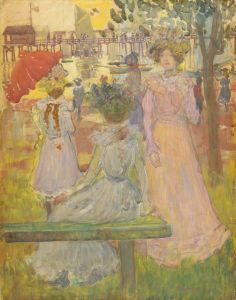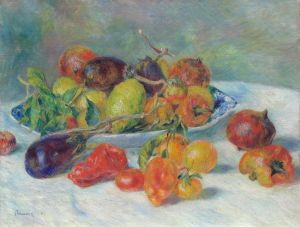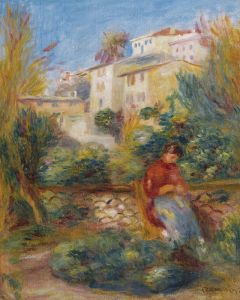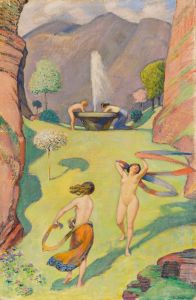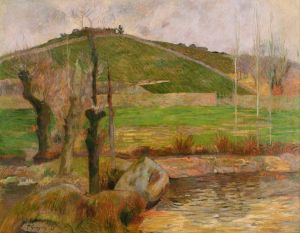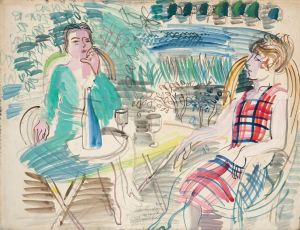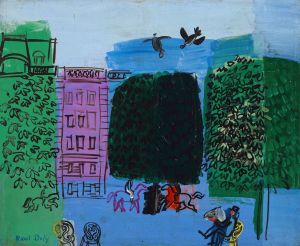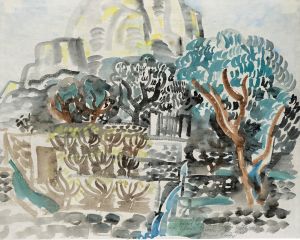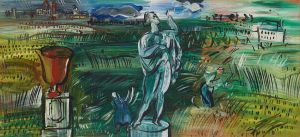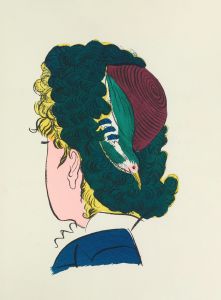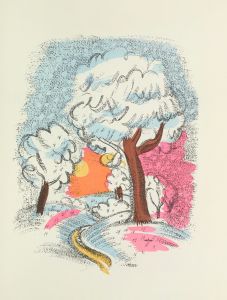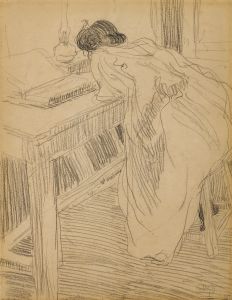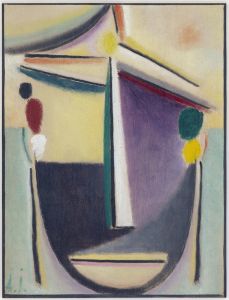
Le départ à Saint-Cloud
A hand-painted replica of Raoul Dufy’s masterpiece Le départ à Saint-Cloud, meticulously crafted by professional artists to capture the true essence of the original. Each piece is created with museum-quality canvas and rare mineral pigments, carefully painted by experienced artists with delicate brushstrokes and rich, layered colors to perfectly recreate the texture of the original artwork. Unlike machine-printed reproductions, this hand-painted version brings the painting to life, infused with the artist’s emotions and skill in every stroke. Whether for personal collection or home decoration, it instantly elevates the artistic atmosphere of any space.
Raoul Dufy was a French Fauvist painter known for his colorful and decorative style, which often depicted leisure activities and landscapes. One of his works, "Le départ à Saint-Cloud," exemplifies his vibrant approach to capturing scenes of everyday life. Although specific details about this painting are limited, it is consistent with Dufy's broader body of work, which often focused on themes of leisure and the joy of life.
Dufy was born on June 3, 1877, in Le Havre, France, and he studied at the École Nationale Supérieure des Beaux-Arts in Paris. His early work was influenced by the Impressionists, particularly Claude Monet, but he later became associated with the Fauvist movement, which was characterized by bold colors and brushwork. Dufy was particularly influenced by Henri Matisse, whose use of color and form helped shape Dufy's own artistic development.
Throughout his career, Dufy was known for his ability to capture the essence of a scene with a sense of spontaneity and lightness. His works often featured scenes of regattas, horse races, and other leisure activities, reflecting the vibrant social life of the early 20th century. Dufy's style is marked by a fluidity of line and a bright, cheerful palette, which he used to convey a sense of movement and energy.
"Le départ à Saint-Cloud" likely fits within this context, as Saint-Cloud is a commune in the western suburbs of Paris, known for its park and historical significance. The area has been a popular location for leisure and recreation, making it a fitting subject for Dufy's artistic exploration. While specific details about the painting's composition and elements are not readily available, it can be inferred that Dufy applied his characteristic style to depict a scene of departure, possibly involving boats or a gathering of people, given the thematic consistency with his other works.
Dufy's contribution to art extends beyond painting; he was also a successful textile designer and illustrator. His work in textiles, particularly his collaboration with the fashion designer Paul Poiret, demonstrated his ability to translate his vibrant visual language into fabric designs. This interdisciplinary approach to art and design further solidified his reputation as a versatile and innovative artist.
Raoul Dufy's legacy is marked by his joyful and optimistic portrayal of life. His works continue to be celebrated for their lively compositions and masterful use of color. Dufy's paintings are held in numerous prestigious collections worldwide, including the Museum of Modern Art in New York and the Musée d'Orsay in Paris. His influence can be seen in the works of later artists who embraced color and movement as central elements of their artistic expression.
In summary, while specific information about "Le départ à Saint-Cloud" is limited, it is representative of Raoul Dufy's broader artistic themes and style. His work remains an important part of the Fauvist movement and continues to be appreciated for its vibrant depiction of the world.





